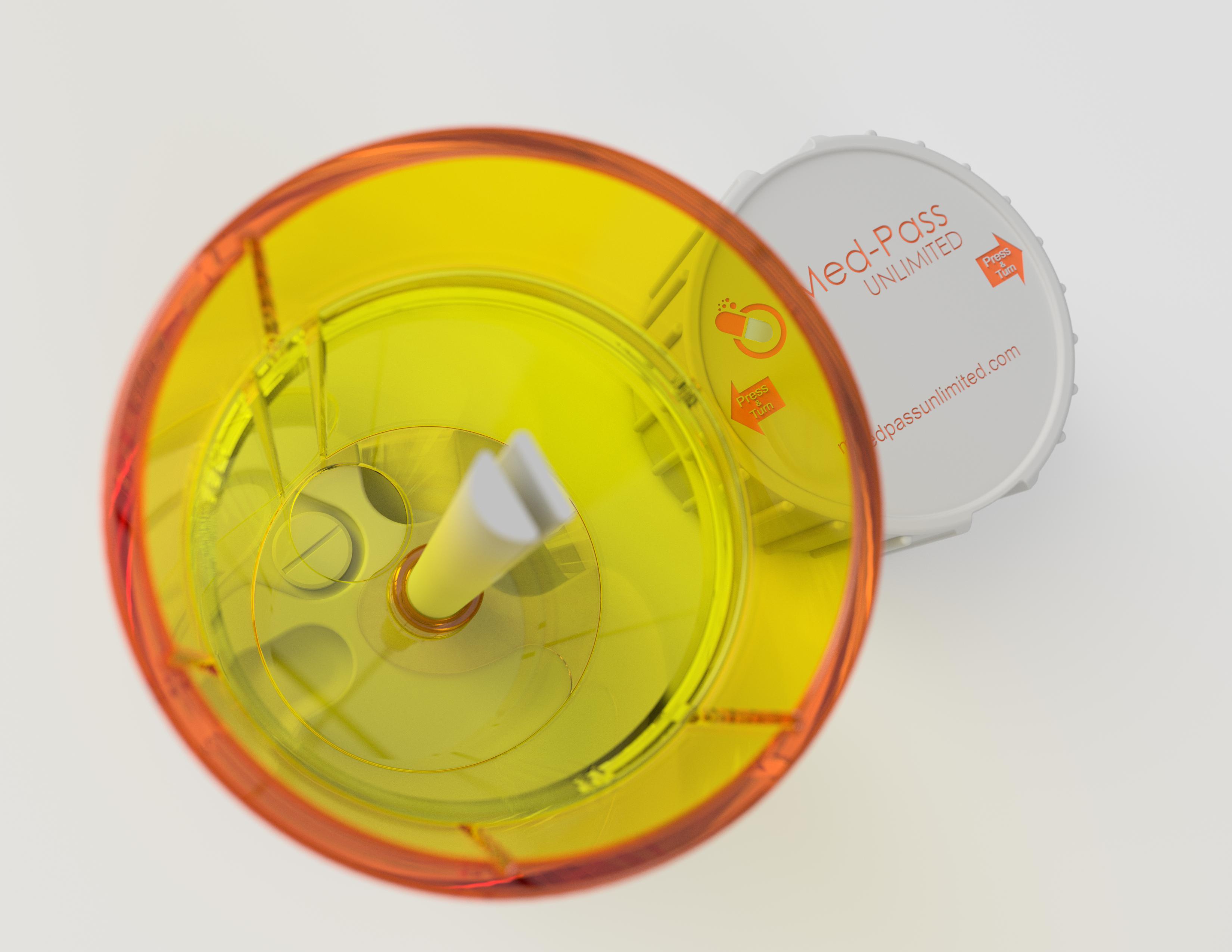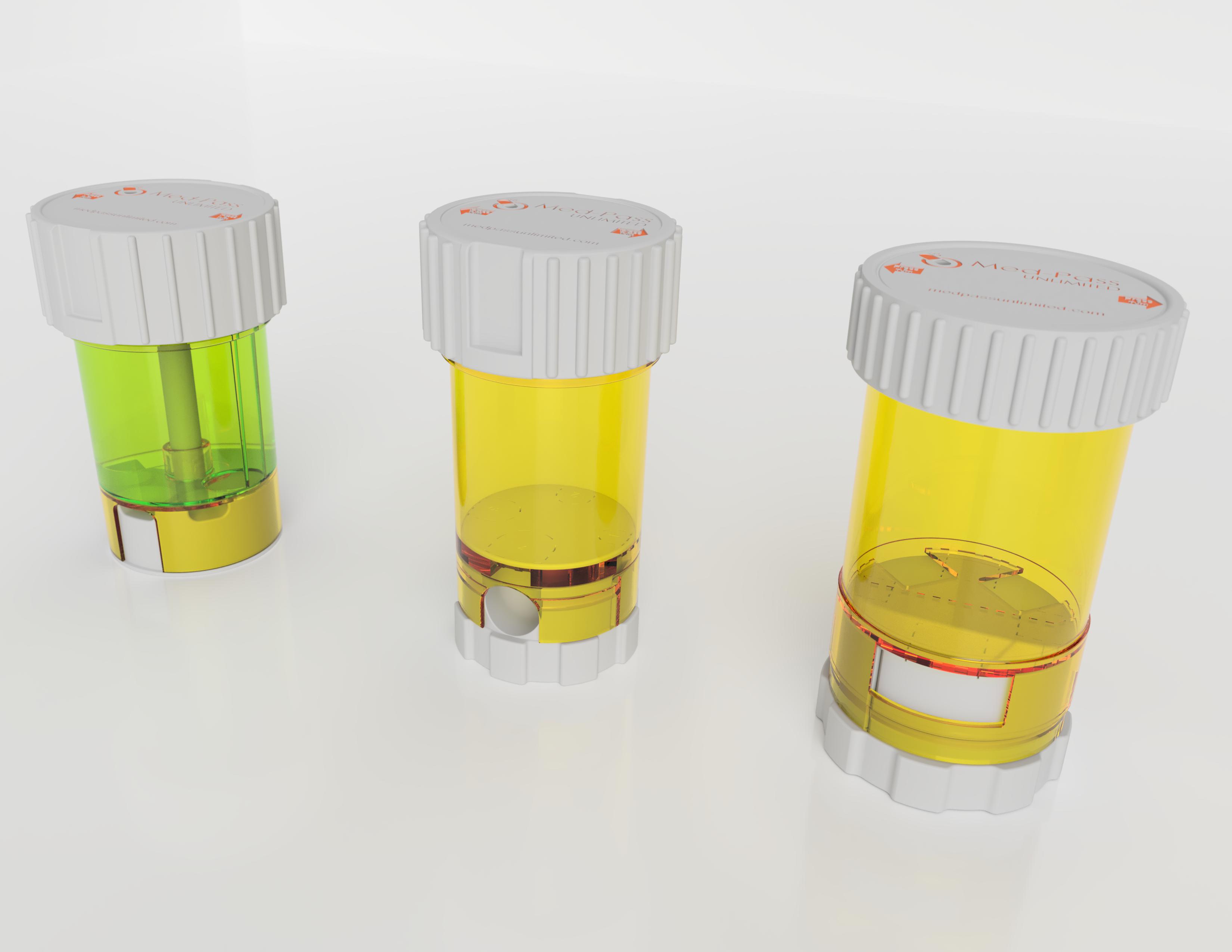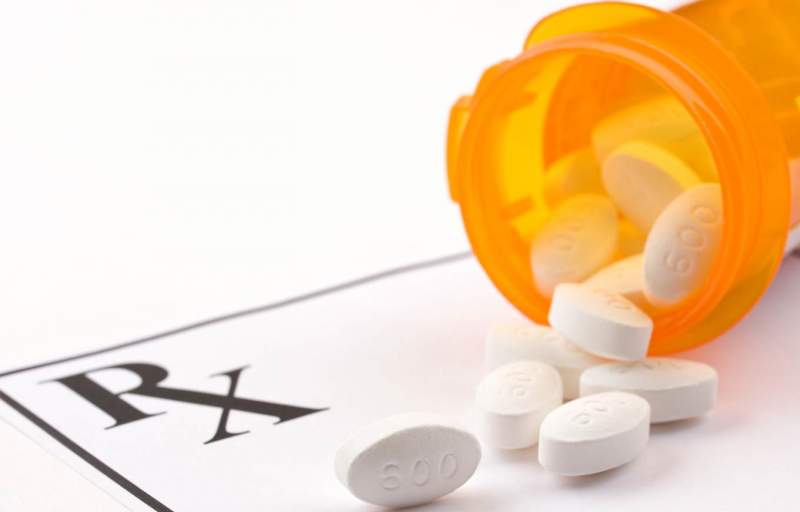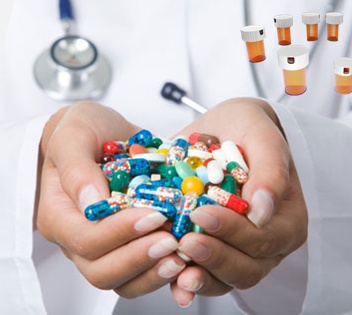Blog
| |

Four Steps to Reducing Packaging Costs
1) Beginning the Design Process with Regulation- Instead of designing packaging devices and leaving regulatory checks for the final step, cost and time-conscious manufacturers are incorporating regulatory assurance laws early on in the design process. Specially, one respondent may receive automated updates from regulatory agencies and authoritative bodies while another may analyze news postings to stay at the forefront of the industry. This cuts back errors, extra costs in testing and ultimately having to dispose and redesign non-compliant product.
2) Acquiring Internal Insights from External Sources- There is often a lack of device and packaging expertise in internal organizations. Many are curbing their attention to outside manufacturing and engineering firms for top-level ideas and needs. A combined effort to learn from external sources allows room for ideas and growth. The pharmaceutical field has noticed increased efforts in networking and a higher number of external consultants. Companies are realizing the potential value in partnerships with external manufacturing and engineering sources.
3) Going Green- Living in an environmentally conscious environment, companies are not only doing things for the benefit of the planet, but for patients and pharmacies alike. Going smaller, lighter and more efficient in product materials can often result in creative ways to resolve cost constraints. It also expands our thinking into more sustainable materials that improve our health and planet.
4) Speed to Market- The largest factor in reducing cost is having the suppliers provide inventory as quickly as possible without reduction in quality. The speed to market is a significant driver in final cost. The time in which a product can make it from the manufacturer to shelf results in extra time which saves years of otherwise lost dollars.

How Frustration-Free Packaging Can Protect the Sterile Field
The proper maintenance of hand hygiene is a crucial step in practitioners taking preventative actions in healthcare associated infection. While hand washing and several other measures are widely encouraged, packaging and labeling are increasingly playing a larger role in infection prevention.

Why You Haven’t Been Properly Storing Your Prescription Medications
One of the most common yet impractical places to store your prescription medications is surprisingly and unfortunately the bathroom medicine cabinet. The general temperature for effective storing of pills and tablets is 58-86 degrees Fahrenheit, but the heat and humidity which occur in this space can offset the effectiveness of the drug and even speed up its breakdown process..

Why Innovative Packaging is in High Demand
The development of newly created drug devices and innovative packaging is anticipated to grow at an alarming rate. Companies are viewing devices and packaging as important as the drug itself and that’s smart. With the rise of factors such as diabetes in the US, improving the safety of patients and caretakers alike are now at focus….

